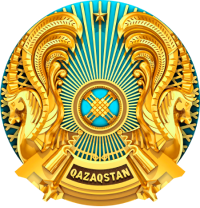- When entering any unfamiliar public place where there are a large number of people, try to remember your way, pay attention to the location of the main and emergency exits. Make it your habit. Experts advise you to remember the exit points and
the way to them, because those who know where the nearest exit is have a better chance of escape.
- As a rule, evacuation exit signs should be marked with appropriate fire safety signs. Fire safety signs for evacuation purposes have a rectangular or square shape in green with white symbols.
- If you heard screams of "Fire! We are on fire!", or they themselves felt the smell of smoke, saw the flames, try to remain calm and calm. Assess the situation, make sure
there is a real danger, find out where it comes from.
- If the room is filled with smoke or there is no lighting, try to go to the exit,
holding onto walls, handrails, etc. Breathe through a handkerchief or a sleeve of clothing.
- If you have to move to the exit in a crowd, in no case go against the crowd. If you are carried away by the crowd, try to avoid its center and edge – the dangerous neighborhood of walls, railings, storefronts, grilles, and the embankment.
- Dodge everything stationary on the way – pillars, bollards, walls, trees, otherwise you may simply be crushed or smeared.
Do not cling to anything with your hands: they can be broken. If possible, fasten up. High-heeled shoes or an untied shoelace can cost you your life. Throw away your bag, umbrella, etc. If something has fallen, do not try to pick it up in any case.
- The arms should not be pressed against the body, they should be bent at the elbows, fists pointing upwards, then the arms will be able to protect the chest. You can also lock your palms in front of your chest to protect the diaphragm, Pushes from behind should be taken on your elbows, the diaphragm should be protected by arm tension. Tilt the body back with your feet planted, and try to restrain the pressure with your back, freeing up space in front and moving slowly.
- The main task in a crowd is not to fall. If you are knocked down, you should protect your head with your hands and immediately stand up, which is very difficult to do. Try to stand upright, leaning on the floor with your hands, push off sharply with the other foot, jerk your body straight. If you can't get up, you need to take the fetal position - curl up, press your chin to your chest, knees to your head, cover your head with your hands, and so wait out the human flow. 10. Lead the children in front of you, holding them by the shoulders. Or put them on your shoulders.
- If you are in a multi-storey building, do not try to use the elevators, go down the stairs; do not give in to the desire to jump out of the window from a great height. If it is impossible to get out, retreat to the rooms unoccupied by fire and wait for the help of firefighters there.
Take care of yourself and your loved ones.
Department of Emergencies of the Esil district of the Department of Emergency Situations of the city of Astana.

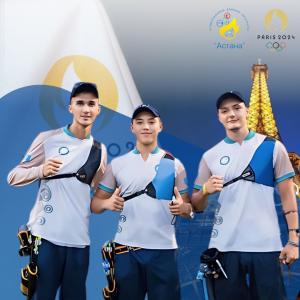
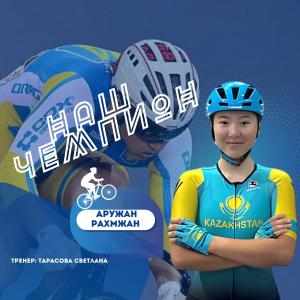
.jpeg)
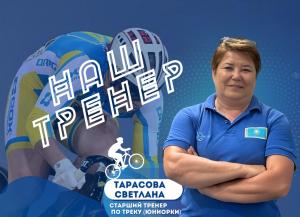
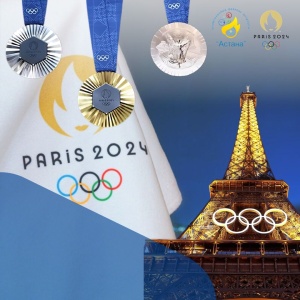

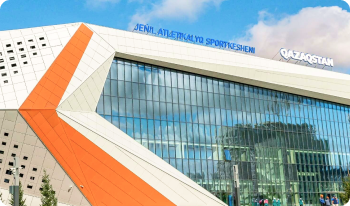
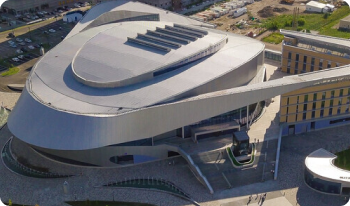
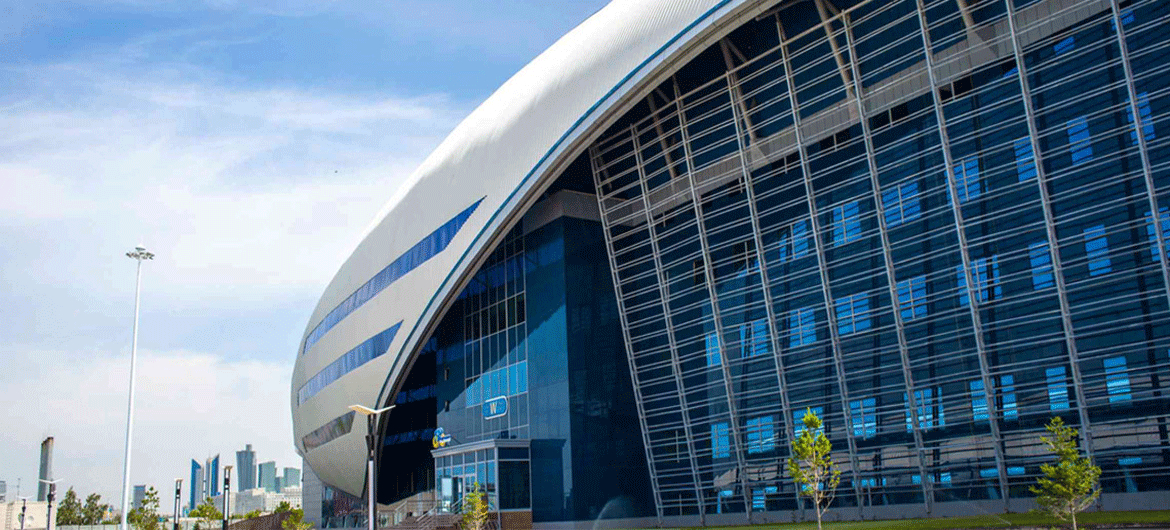
.png)
.png)
.png)
